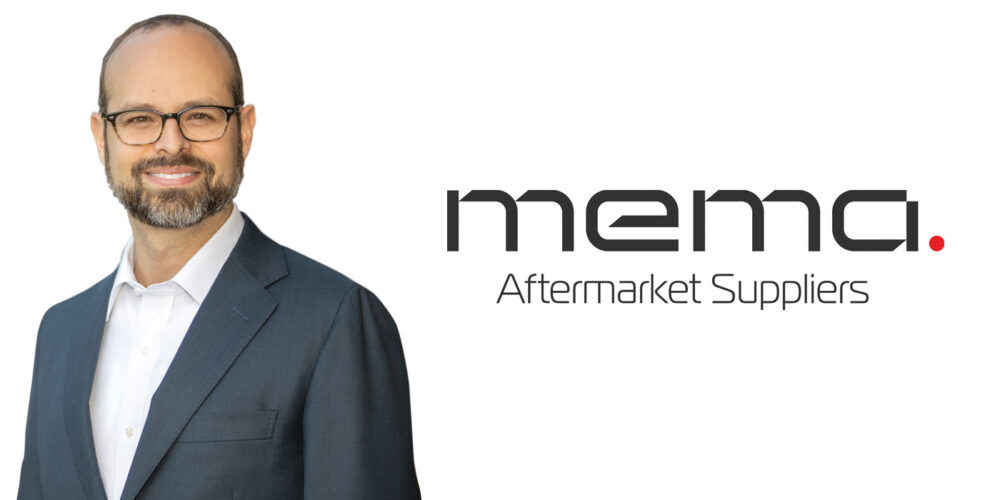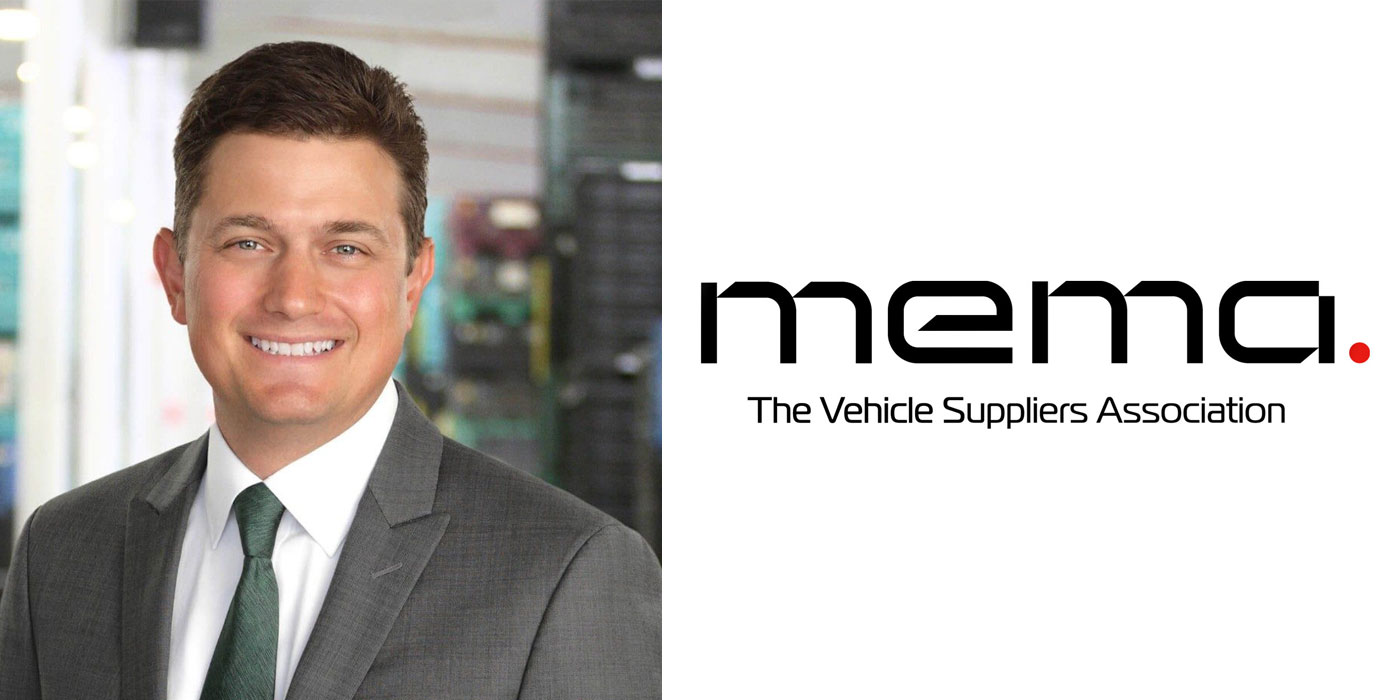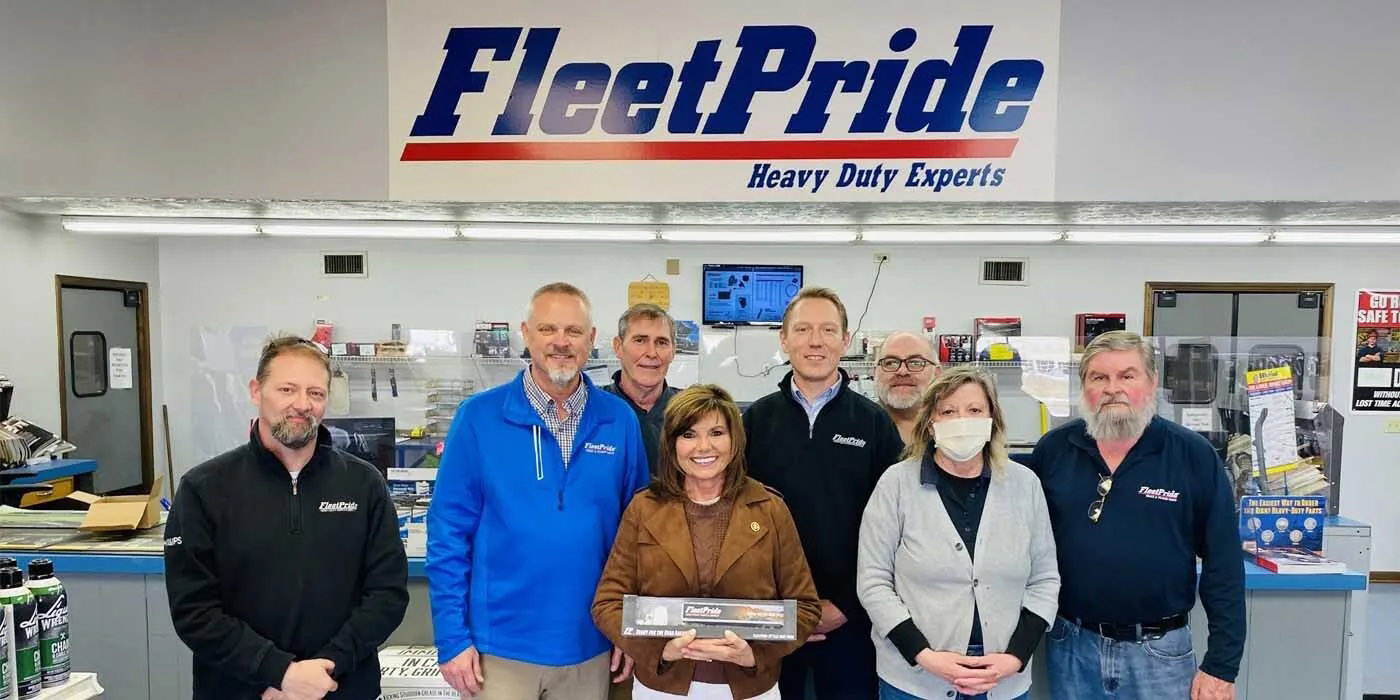In our cover story for the January issue of AMN/Counterman, we asked distribution leaders to reflect on the successes and challenges of 2022 and share some of their insights for the industry in 2023.
Here’s our Q&A with Paul McCarthy, president and CEO of MEMA Aftermarket Suppliers.
AMN/CM: What is the greatest threat facing the automotive aftermarket? What is the greatest opportunity?
PM: I have combined these questions, because if you look through a longer-term lens, the aftermarket’s greatest threat and opportunity are the same: technology.
EVs have generated concern in the aftermarket, but that needs to be kept in perspective. Remember the aftermarket’s history: With every new technology there were projections that there will be nothing or not enough to repair – but every time we still see problems and failures with these new parts and technologies. Think of fuel injection, electronic ignition or TPMS. Auto engineers are not perfect, and the real world is a difficult operating environment. In fact, NADA data indicates that EVs are coming back to the dealer more often than ICE vehicles – and needing more repairs per visit than ICE. New technologies have historically been good for aftermarket revenue – and we are looking at a flood of new technologies unlike any we have ever seen.
With so much focus on electrification, we aren’t talking enough about the revolution happening now: ADAS. We released a study at Vision that projected ADAS will exceed a billion-dollar market for replacement parts by 2030. Let me say that again: a billion-dollar market for replacement parts. That’s all opportunity and upside for the aftermarket.
And, the story of increasing vehicle content is not only ADAS or EVs. The increase in new-vehicle prices demonstrates the lifecycle opportunity. New-vehicle prices hit an eye-watering $30,000 a decade ago; now, the average is $50,000. And while some of that is near-term supply issues, increasing vehicle content has driven this long-term trend. Every one of these new technologies can break or need calibration or maintenance. We believe this huge increase in vehicle content bodes well for the future of aftermarket tickets.
The aftermarket is now living the famed “Innovator’s Dilemma” everyday: the challenge of managing two businesses. One, maximizing the returns from our existing business, which has a very long, fat tail. In parallel, we are growing new, innovative businesses prepared to take advantage of the aftermarket opportunities of electrified, automated and connected vehicles. In our view, the aftermarket is well-positioned in both the old and new industries.
The aftermarket should not be afraid of the future. If we engage the classic aftermarket entrepreneurial spirit, we believe technology and content bring more opportunity than risk.
AMN/CM: How can the independent aftermarket parts and service segments best prepare to repair the car of tomorrow as ADAS, EVs and other technologies become more prominent?
PM: In addition to the points above, we have a lot of work and training to do – together, up and down the value chain – to make sure that shops are prepared, and consumers know that the aftermarket is ready and able to supply the parts, tools and technologies to fix these vehicles. And we can.
AMN/CM: How is the Right to Repair issue impacting your members’ business?
PM: All this opportunity is contingent on one thing: Right to Repair legislation that allows market competition. Right to Repair, and the Federal REPAIR Act, are necessary to realize our future.
Consumers need this. If Congress takes action to ensure choice in vehicle repair and maintenance, consumers will save enormous amounts of time and money.
We appreciate the cross-industry partnership on this bill – a unified effort is essential to success. We have momentum. You’ve heard about the many bipartisan bill co-sponsors, the executive order, the FTC report and the hearings all in favor and support of consumers right to choose where and with what parts their vehicle is repaired. This new Congress is our moment; it may be our best chance of getting a bill passed. If we don’t succeed, by 2035 $63 billion in consumer service choices will be thwarted by repair restrictions – and that number will quickly grow. Our industry must – and will – be heard to protect consumers and free markets.













